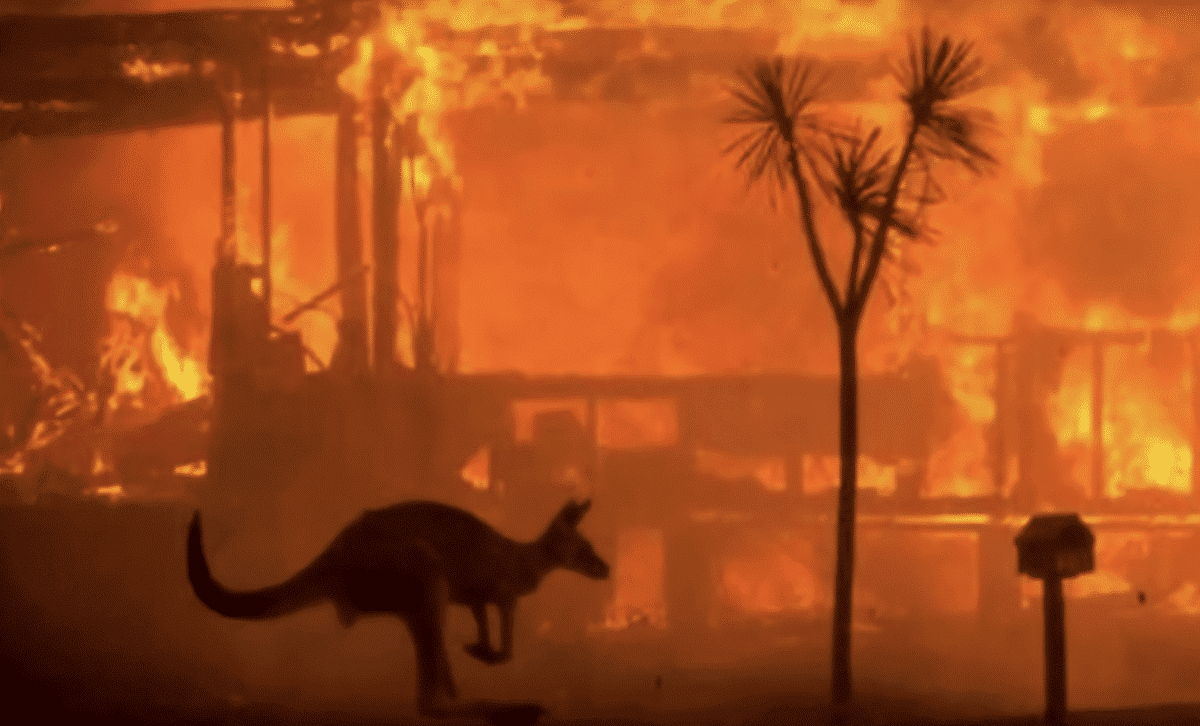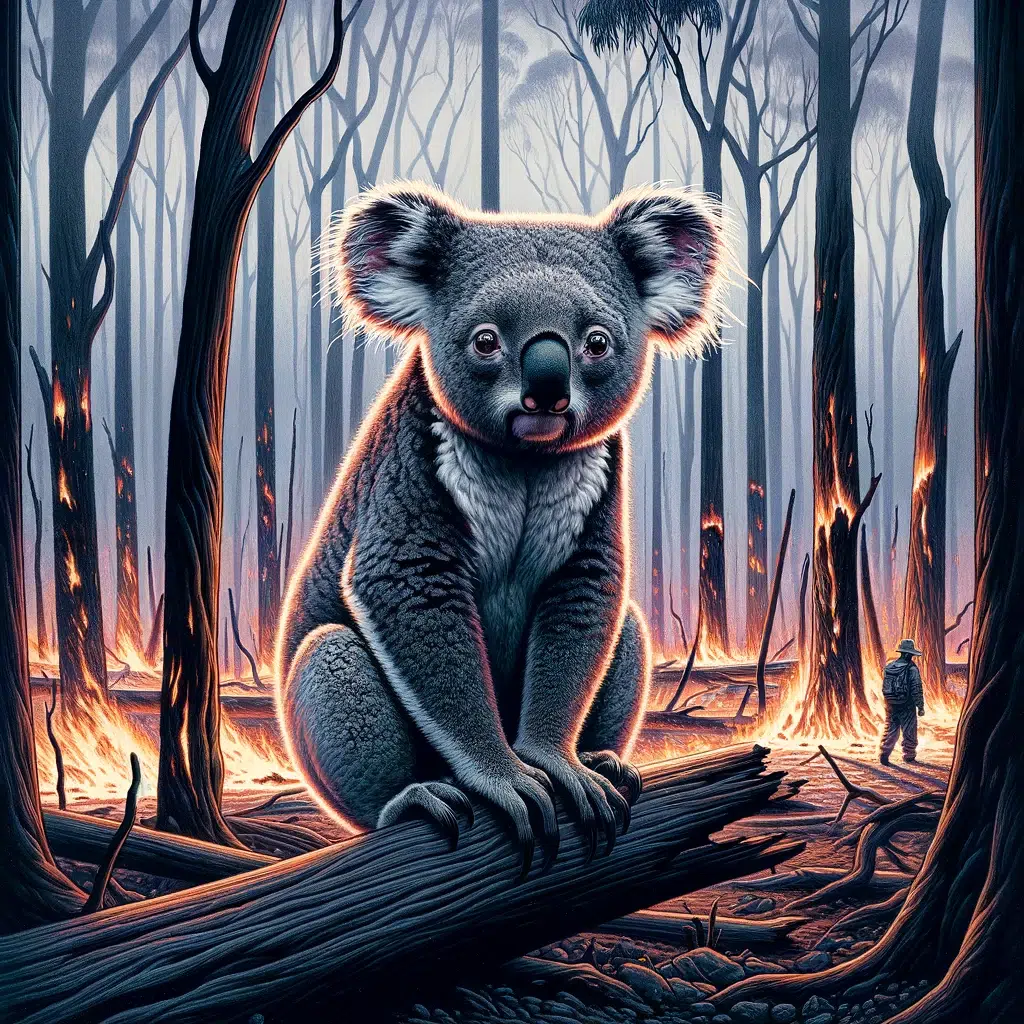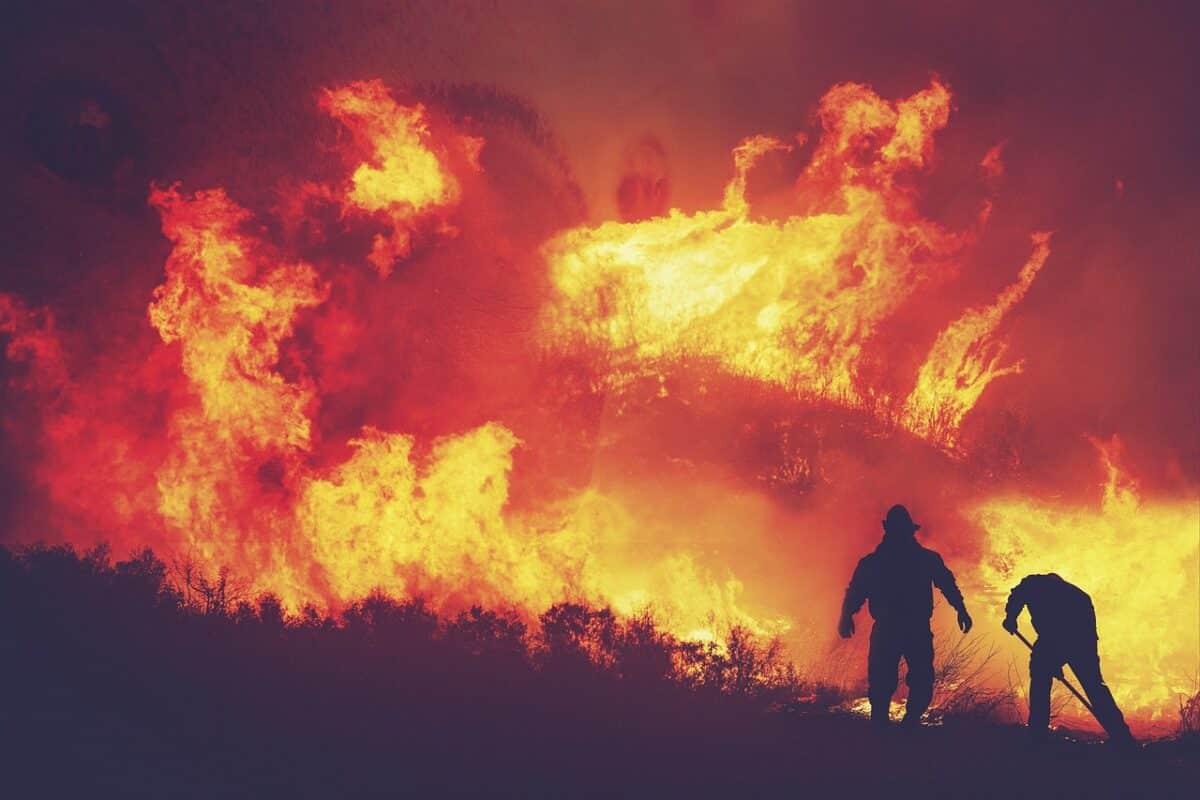Adapting to Fire: A Natural Phenomenon
Wildfires, a natural part of many ecosystems, present both challenges and opportunities for wildlife. Animals have evolved various strategies to cope with fires, such as seeking shelter underground or fleeing to safer areas. However, the recent increase in the frequency and intensity of wildfires, partly due to climate change, has altered these dynamics significantly. For instance, animals that are slow or immobile, like certain reptiles and amphibians, are more vulnerable to the adverse effects of smoke and heat from wildfires.
The Winners and Losers of Post-Fire Habitats
The aftermath of a wildfire brings about significant changes in habitat. These changes create ‘winners’ and ‘losers’ among wildlife species. For example, high-intensity wildfires that reduce tree canopies lead to denser understory, benefiting certain birds, lizards, and herbivores like deer and elk. On the flip side, species like salamanders, which prefer cool, moist environments, may be displaced temporarily due to the hotter, drier conditions post-fire.
Megafires: A Growing Threat
The concept of ‘megafires’ – large, intense, and often uncontrollable wildfires – is becoming more prevalent. These fires, exacerbated by climate change, pose a greater risk to wildlife, leading to increased injuries, mortalities, and long-term habitat transformations. To mitigate these risks, agencies employ prescribed fires, a controlled application of low-intensity fire to reduce the fuel for potential wildfires. These prescribed fires are crucial for restoring or maintaining habitats for various wildlife species.
Case Studies: California Megafires and Australian Bushfires
Recent studies have shed light on the specific impacts of large-scale wildfires on wildlife. For instance, the 2020-2021 California megafires affected wildlife habitat on a massive scale, with some species like the great gray owl potentially benefiting from the changed foraging habitats. However, the rapid habitat changes raise concerns about the long-term viability of these benefits. Similarly, the 2020 bushfires in New South Wales, Australia, had a devastating impact, killing an estimated 480 million animals and drastically affecting local wildlife.
Direct Physical Injuries and Habitat Loss
Wildfires directly harm animals through physical injuries like burns, which can lead to mass wildlife mortalities, as seen in the Australian bushfires affecting koalas. Additionally, wildfires can destroy critical habitats at a rapid pace, impacting species that rely on specific breeding grounds and nesting sites. The loss of these habitats on a large scale can significantly affect the recovery and stability of wildlife populations.

Impact on Food and Water Sources
The destruction or contamination of food sources during wildfires forces wildlife to venture beyond their home ranges in search of sustenance. This movement exposes them to new threats, including conflicts with humans and other animals, and leads to competition over dwindling resources. Such scenarios are common post-wildfire, with wildlife often seen in unexpected places as they search for food and shelter.
Protecting Wildlife from Wildfires
Efforts to protect wildlife from wildfires include increased awareness of local ecosystems, proactive population surveys, and supporting local conservation efforts. During wildfires, it’s crucial to provide space for wildlife to flee, keep pets leashed or indoors to avoid conflicts, and contact authorities for assistance with injured wild animals.
The recent surge in wildfires worldwide poses complex challenges for wildlife. By understanding these challenges and supporting mitigation efforts, we can better protect these vital components of our ecosystems.
What do you think about the impacts of wildfires on wildlife? Leave a comment below.
Thank you for following along with this article – The Impact of Wildfires on Wildlife.
You may also like:
- The Frontline: Goats and Sheep Fighting California Wildfires
- Woman Saves Koala from Australian Bushfire
- Firefighters Rescue Ducklings as the Mama Duck Watches
Join our Forum for free today!

- Shocking Survey Results of only 718 Snow Leopards Identified in India - July 18, 2024
- Do Octopuses Punch Fish For No Reason? - July 5, 2024
- Brave Farm Animals Save Chicken Friend FromHawk - June 30, 2024


